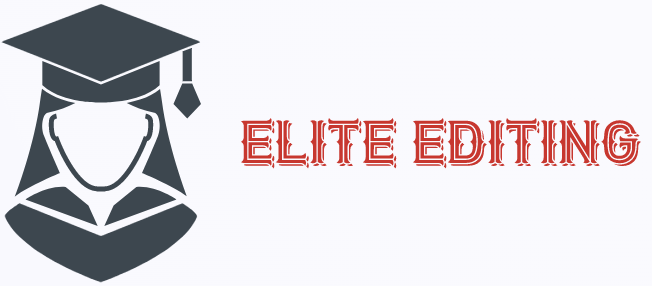Using author notes and DOIs to properly cite a journal article is very easy, but you may be wondering what else you need to include. The good news is that these elements are included in the standard citation pattern for APA 6th edition papers. Here are a few of the important elements to include. Firstly, you need to include the title of the journal. Next, you need to include the volume and issue information. You also need to include the title of the article. Lastly, make sure to include the name of the author in quotation marks.
Author notes are used to cite a journal article apa 6th edition
The APA manual specifies the formatting requirements for writing a reference list and citing a journal article. APA 6 requires that a document be blank, with all margins set at two and a half centimeters (2.54 cm) or one inch. Times New Roman with a 12-point font size is the standard. APA 6 does not allow justifications or to alter the spacing between words. Figure captions should be double-spaced. In-text citations should not exceed 1.5 spacing.
The APA Publication Manual also specifies the format of the author’s notes. When using author notes, they should be brief but clear and descriptive. A summary of the work’s content should appear below the title. The keywords line should begin indented, like a paragraph, and align under the abstract in typeset APA journal articles. Keywords should not be italicized.
When using APA 6th edition, the article should have a DOI (Digital Object Identifier). If the article does not have a DOI, then the web address of the journal’s homepage should be used. Otherwise, the journal’s homepage is sufficient. If the article has more than one author, it is best to spell out all authors’ names. Alternatively, you should list the first six authors. If there are eight authors, you should insert ellipses and list the final author’s name.
Issue numbers are not included in citations
Journal articles should be cited using the article title and author’s name. Journal article citations should also include the journal’s name, volume, and issue number. Journal article citations should also include inclusive page numbers, although issue numbers aren’t always used. In general, APA and Turabian recommend providing both the volume and issue numbers. Issue numbers are used when the journal paginates differently, for instance, with each issue starting on a separate page.
Most journals have issue and volume numbers, but not all of them will have this information. Only if the journal has a print edition, should issue numbers be included in the citation? If so, the number should be in italics. If an issue number does exist, however, it should be listed in parentheses. However, issue numbers are not included in citations of journal articles in apa 6th edition.
For reference lists, references should be listed alphabetically. Authors should use last names or initials. If multiple publications by the same author are cited, they should be grouped together in chronological order. In the absence of an author, no author should be included. Similarly, if the journal is published without an issue number, no author should be given. In these cases, the publication should be noted as “n.d.”
Using the same pattern for every DOI
Citation patterns for journal articles can be either single or double-spaced. In either case, however, the DOIs should be the same. If you are using the first pattern, make sure to include the full stop or space after the DOI, just as you would in other types of citations. If you are using the second pattern, make sure to use the same pattern for each DOI.
If the journal article you’re using contains both print and electronic sources, use a DOI for each. A DOI is an alphanumeric string assigned to an item by a registration agency. These unique identifiers provide readers with a persistent link to the content. When you cite a journal article, the publisher assigns the DOI to the article. These DOIs are alphanumeric and begin with 10. They also include a prefix and suffix that are flexible and compatible with publisher-specific identification standards.
If the journal article you’re citing does not have a DOI, use the web address of the journal’s homepage. You can check the DOI of a particular journal article using a site like CrossRef. You should also include the journal name, volume, issue number, and page number in your article’s title, as well as the website of the journal’s homepage.

